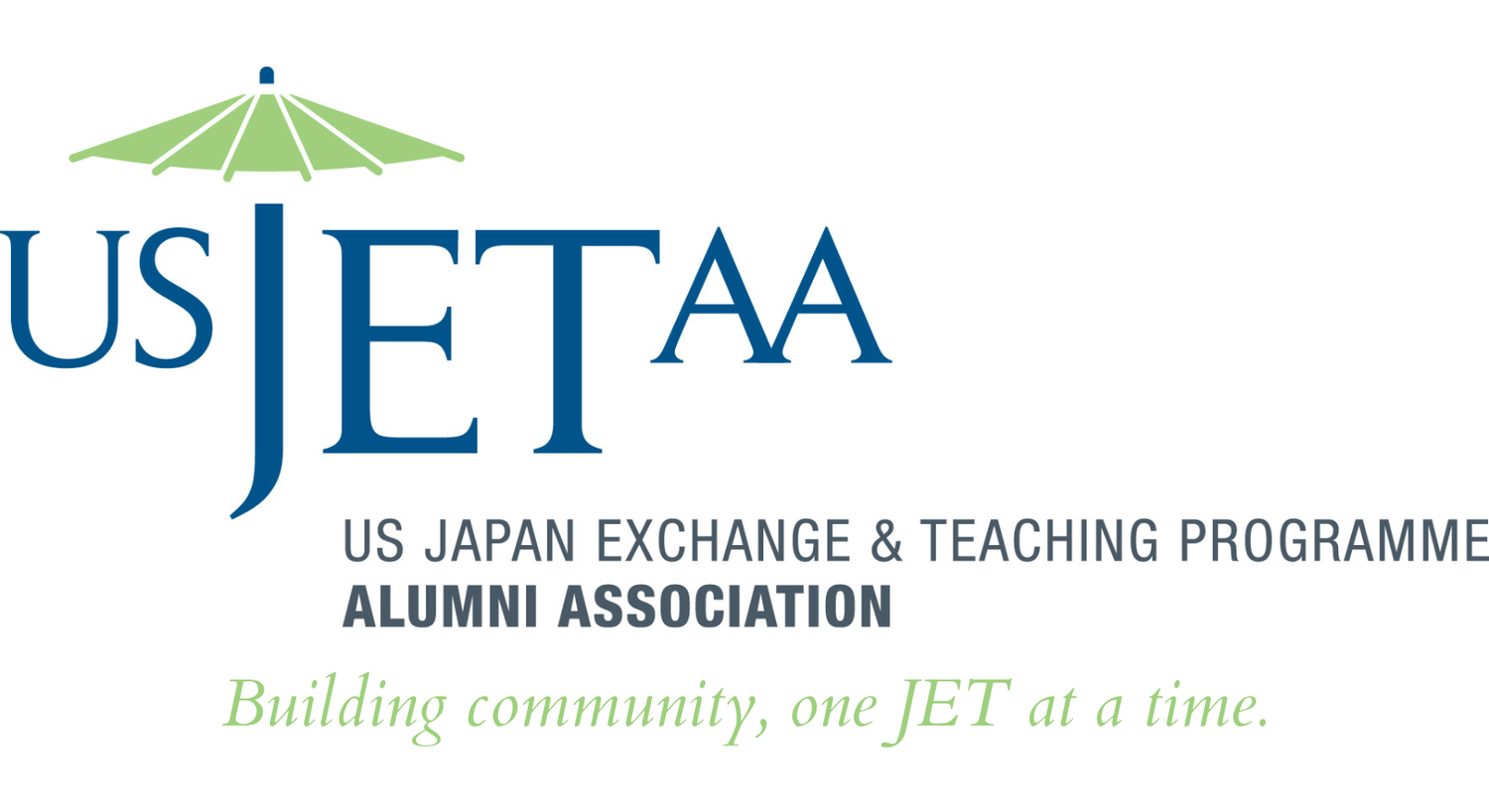Alumni Interview Series - Episode 9: Janae Miller (Hitachi, Ibaraki) 2017-2018
 Where were you in Japan as a JET and when?
Where were you in Japan as a JET and when?
I was placed in Hitachi, Ibaraki from 2017-2018. Hitachi is mainly an industrial town, which Hitachi Corporation (founded there) was named after. The headquarters has moved to Tokyo, but many manufacturing sites still exist in Hitachi.
What sparked your interest in applying for the JET program?
I have been interested in Japanese media from the time I was in elementary school and knew from then that I wanted to visit in the future. After graduating from university, I visited Japan three different years; first as a solo trip, next with a group of friends, and finally as a one-day stop over on my way back from Cambodia. I honestly just wasn’t satisfied with just visiting. I had been taking Japanese classes between visits and heard from one of my classmates about the JET Program. After hearing about it, I felt living in Japan was what I was missing, decided to apply, and got in!

One thing I have to note… my background is not of a typical JET. I went to Northeastern University, majoring in Chemical Engineering and a minor in Business. After graduating, I worked at a pharmaceutical company for 5 years, before ultimately deciding to leave to join the JET program. I’ve tutored before and STEAM (Science, Technology, Engineering, Arts, and Math) is really close to my heart, so I knew I wanted to do more than just inspire my students to learn English. I wanted to make them aware of all the doors that open when you do learn English, and what they can accomplish with English in STEAM fields.
What are some of the things your prefecture is known for? Ex. food, hotspots, etc.
Ibaraki is known for its natto and chestnuts. It is also famous for one of Japan’s three most celebrated gardens, Kairakuen in Mito, the capital of Ibaraki, and has an awesome plum tree forest. One of my favorite tourist destinations is Hitachi Seaside Park, which has rolling hills of blooming flowers that varies with the seasons. In the spring you can see the baby blue nemophila, bike along the paths around the park, and even ride the Ferris wheel.
Year-round, you can go to Fukuroda Falls in Daigo, ranked as the third most beautiful waterfall in Japan. It freezes in winter, which might be one of my favorite times to see it. Another little-known tourist destination is the Ushiku Daibutsu Buddha Statue in Ushiku City, which has the Guinness World Record of the world’s tallest standing bronze statue. It is so huge you can see it from the highway, plus you’re able to go to the top (in the “head”) and on clear days, can even see Tokyo!
Did you pick up any of the regional dialects? What are some of your favorite words or phrases?
I unfortunately did not pick up any Ibaraki-ben! My Japanese was pretty limited at the time. My favorite word in Ibaraki-ben is calling Ibaraki, Ibaragi, which inspired the book “いばらぎじゃなくていばらき,” “Not Ibaragi, Ibaraki.”
[easy-image-collage id=6277]
If you were to return to live in Japan, would you choose to live in that same prefecture?
As much as I enjoyed my time in Ibaraki, I think I would like to try living somewhere different. I haven’t been anywhere in Kyushu before, so I think I would like to try living there. However, I have a host family and friends in Ibaraki, so I can see myself going back to visit, especially during the fall.
How has your connection in relation to Japan changed since living in Japan?
My connection to Japan is stronger than ever. I’m currently on the board of JETAADC as Secretary, which has helped me tremendously with the culture shock of coming back to the USA. Currently, I’m working at a trade association in the chlorine industry, where we talk to other associations in the industry around the world, including Japan, so my experience in Japan has become very useful there. I’ve upped my Japanese studying, finally reaching intermediate level with a private tutor. I’m hoping in the future to raise my Japanese level so that I can further strengthen my connection with Japan in my career.

This interview is part of a partnership between the Japan Society Boston (JSB) and the United States Japan Exchange & Teaching Programme Alumni Association (USJETAA) in which JET alumni contribute short interviews about their experiences in Japan in each prefecture.



